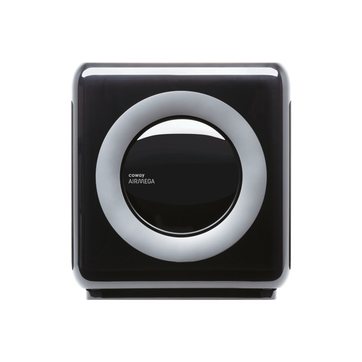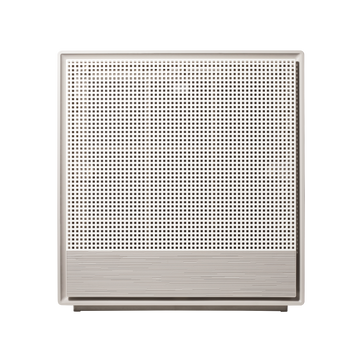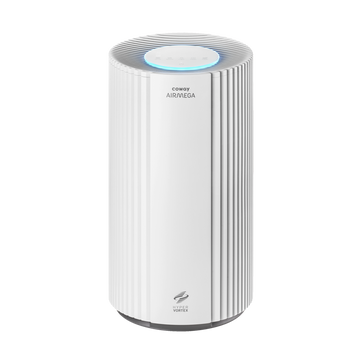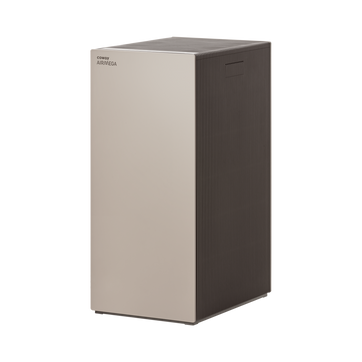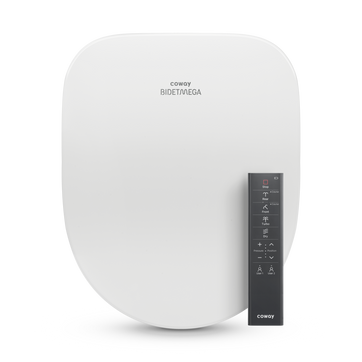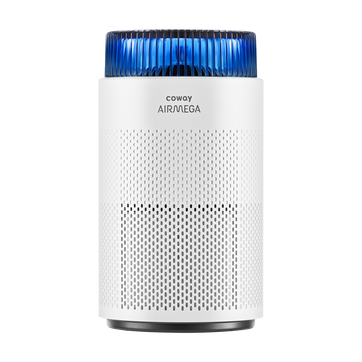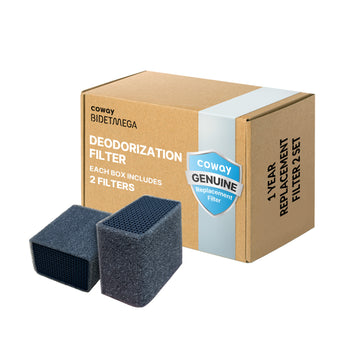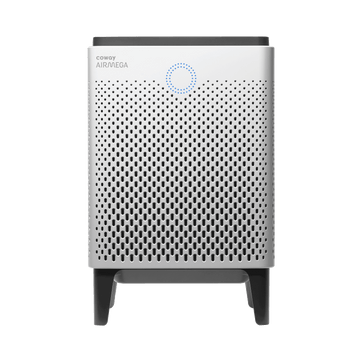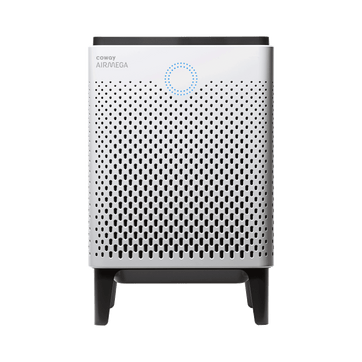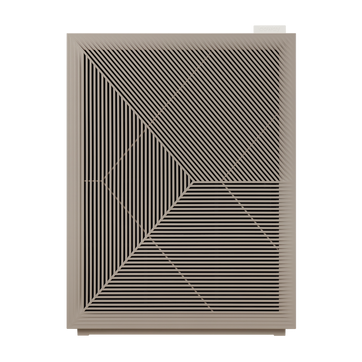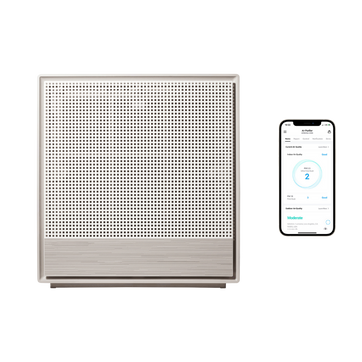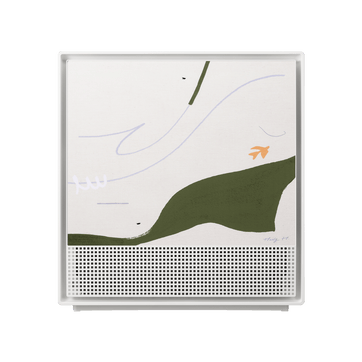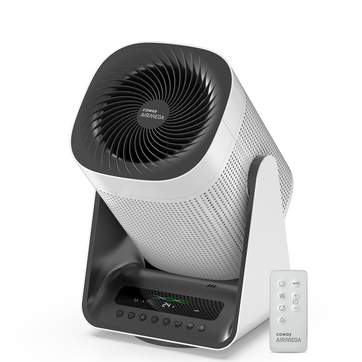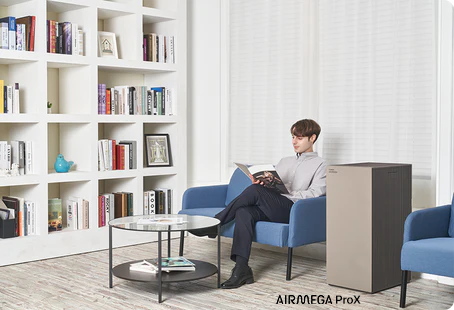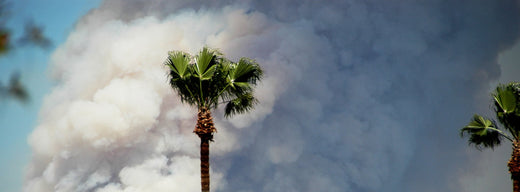
Do Air Purifiers Help with Wildfire Smoke? 4 Ways to Protect Yourself
In recent years, wildfires have devastated communities across the globe, exacerbated by climate change, leaving behind scorched land, destroyed homes, and an often-overlooked hazard: wildfire smoke. Even after the flames have been contained, there are ways to reduce exposure, as smoke can linger and drift, polluting the air with toxic particles that contribute to air pollution and negatively impact human health on a massive scale.
Wildfire smoke contains a mix of fine particulate matter, volatile organic compounds, chemicals, and gases. When inhaled, it can cause a range of effects, from eye irritation and coughing to long-term respiratory and cardiovascular issues, contributing to broader concerns about air pollution.
While complete avoidance isn’t always possible, there are practical steps you can take to reduce your exposure and protect your health.
1. Know Your Risk
Wildfire Smoke Travels Far
You don’t need to live near an active wildfire to feel its effects. Smoke can travel hundreds, even thousands, of miles depending on wind patterns. In the U.S., jet streams have carried smoke from West Coast wildfires as far as the East Coast, affecting air quality for millions.
This means that even urban areas that seem geographically distant from fire zones can experience health impacts. People with allergies, asthma, or other sensitivities often feel the effects first, even before official warnings are issued.
Air Quality Can Change Rapidly
Meteorologists track wildfire smoke as it rises into the atmosphere and gets caught in high-altitude wind currents. Depending on the weather, you may experience clear skies in the morning and hazardous air conditions by evening. Even when smoke seems light or invisible, it can still trigger air-quality alerts; portable air cleaners can help mitigate these effects.
This unpredictability makes it important to have reliable sources for AQI (Air Quality Index) updates, such as government apps or websites. Keeping indoor spaces clean and ventilated before the smoke arrives can offer a head start in protection.
Wildfire Smoke Is Especially Toxic
Unlike smoke from a campfire or barbecue, wildfire smoke is a toxic stew. As fires consume entire structures and communities, they burn synthetic materials- plastics, metals, furniture coatings, treated lumber- releasing harmful chemicals into the air. These ultra-fine wildfire smoke particles have negative effects as they are especially dangerous because they bypass the body’s natural filters and settle deep in the lungs or enter the bloodstream.
Toxic compounds can linger in the environment long after the flames are extinguished. Residual smoke inside buildings, especially in porous surfaces like upholstery and carpet, can continue to pose a risk unless properly addressed.
2. Cut Down on Your Exposure
Stay Indoors During High Smoke Events
When air quality deteriorates, limit your time outdoors, especially during peak smoke hours. Avoid strenuous exercise outside, and keep doors and windows shut. Sealing your home can lower indoor pollutant levels by as much as 50%, especially when using high-efficiency particulate air filters, providing an important buffer for your respiratory health.
Create a "clean room" if possible, an enclosed space with an air purifier running and few exterior openings. This can act as a refuge during particularly smoky days and benefit those with respiratory sensitivities.
Use Your Air Conditioner Safely
Running an air conditioner during a smoke event can be beneficial, but only if it is properly configured. Ensure that the outside air intake is turned off; otherwise, you may inadvertently circulate smoke into your home. Most standard HVAC filters cannot capture the smallest and most harmful smoke particles unless you’ve upgraded to a high-efficiency system.
Installing a MERV-13 or higher filter in your home HVAC system can improve smoke particle capture. Consult an HVAC professional if you’re unsure whether your current system is equipped to handle wildfire smoke.
Limit Indoor Pollutants
Smoke isn’t the only pollutant in your home during fire season. Avoid activities that add to indoor air contamination. This includes:
-
Burning candles or incense
-
Cooking on gas stoves without ventilation
-
Using aerosol sprays or harsh chemical cleaners
-
Vacuuming without a HEPA filter (which can stir up dust and smoke particles)
Instead, opt for damp cleaning methods, such as mopping or wiping surfaces with a microfiber cloth. Reducing indoor pollutants helps air purifiers function more effectively, ensuring your efforts aren’t offset by everyday habits.
3. Choose a Mask That Works
Fine Particles Are the Greatest Risk
Wildfire smoke includes a range of particle sizes, including fine particulate matter, but the smallest particles (PM2.5) are the most harmful. These microscopic pollutants can lodge deep within the lungs and even enter the bloodstream, triggering asthma, heart attacks, and heart conditions, along with carbon monoxide exposure and other serious health problems.
Vulnerable populations are more susceptible to PM2.5, but even healthy adults can experience fatigue, headaches, or dizziness from prolonged exposure. Proper respiratory protection against air pollutants is essential, particularly if evacuation is required or outdoor work becomes unavoidable.
Use an N95 or N100 Respirator
Cloth masks, scarves, and even common dust masks offer little to no protection from fine smoke particles, similar to the situation with tobacco smoke. For real protection, look for N95 or N100 respirators, which are tested and certified to block up to 95% and 99.97% of airborne particles, respectively.
Make sure the mask forms a tight seal over your nose and mouth. Fit is critical. Ill-fitting masks significantly reduce their effectiveness. Be cautious, however, respirators can make breathing more difficult, especially for people with respiratory or cardiovascular conditions.
Respirator masks are best
A scarf or bandanna won't filter out many pollutants. Probably no surprise there. But neither will dust masks designed to trap large particles, such as sawdust or smoke odors. More effective are respirator masks, particularly those designed for removing particles, which can be purchased at many hardware and home repair stores, as well as pharmacies.
Sold at many hardware and home repair stores, as well as pharmacies, they filter out fine particles. Look for masks labeled N95 or N100, which denote, among other things, the percentage of particles that are blocked.
Select a size that fits snugly over your nose and under your chin, creating a tight seal over your face. At the same time, be aware that wearing a mask can pose risks, partly because it can make it difficult for wearers to get enough oxygen.
Wearing a mask consistently during outdoor exposure can dramatically reduce your risk of respiratory irritation and related illness. If you work outdoors, rotate in regular indoor breaks when possible.
4. Use an Air Purifier Indoors
Air Purifiers with HEPA Filters Work Best
One of the most effective ways to reduce indoor exposure to wildfire smoke and improve indoor air quality is by using a high-efficiency air purifier continuously. Look for models with True HEPA filters, which capture particles as small as 0.3 microns with near-perfect efficiency.
Devices like the Coway Airmega Mighty AP-1512HH and Airmega 200M go a step further with custom filters designed specifically for wildfire smoke. These purifiers reduce harmful compounds such as:
-
Naphthalene (99.99%) – A carcinogenic byproduct of burning plastic, wood, and treated lumber
-
Sulfur Dioxide (SO₂) (99.98%) – Released when fire consumes certain plants, soils, and construction materials
-
Nitrogen Dioxide (NO₂) (99.98%) – A respiratory irritant produced from burning organic matter
Smart Features for Real-Time Protection
Advanced models, like the Coway Airmega, continuously monitor your indoor air quality. When smoke levels rise, the unit automatically activates a higher purification mode, ensuring you and your family breathe cleaner air, even during severe wildfire events.
Place air purifiers in high-traffic or long-stay rooms, such as the bedroom or living room. For best results, keep windows and doors closed and run the purifier continuously.
Breakthrough Filters for Maximum Protection
Our latest breakthrough in air purification technology is a custom filter, specifically engineered for the Airmega Mighty AP-1512HH and 200M models. This filter is designed to tackle the unique challenges posed by extreme wildfire conditions, offering exceptional protection when you need it most.
The new intense smoke filter delivers impressive results in removing harmful compounds:
-
Eliminates up to 99.99% of Naphthalene, a byproduct of burning wood, leaves, and synthetic materials like plastic and treated lumber
-
Captures up to 99.98% of Sulfur Dioxide (SO₂), which comes from sulfur-rich materials, including certain plants, soil, and construction materials
-
Removes 99.98% of Nitrogen Dioxide (NO₂) produced by burning trees, grass, and other nitrogen-containing organic matter
The Coway Airmega constantly monitors indoor air quality. When the unit detects a decrease in air quality, it automatically activates the air purification process, removing harmful particles. Even in the event of a distant wildfire, the Coway Airmega can provide safe, clean air for you and your family.
Final Thoughts
As wildfire seasons grow longer and more intense, understanding how to protect yourself from wildfire smoke is no longer optional; it’s essential. Whether you're miles from the flames or close to the front lines, taking steps to reduce your exposure and stay cool can help protect your lungs, your heart, and your overall well-being, especially for those at higher risk.
Wildfire smoke may be unavoidable at times, but how you prepare can shape the outcome. Ensure you consider the cost-effectiveness of your measures to protect yourself, protect your home, and breathe easier knowing you’re equipped to respond with knowledge and confidence.
Disclaimers
1Coway air purifiers have been proven to trap dust, pollen, dander, viruses and bacteria in the air based on KCL (Korea Conformity Laboratories) testing.They have been tested in a 30㎥ size chamber according to the Korea Air Cleaning Association standard (SPS-KACA 002-132:2022 Modified) to measure the 0.01㎛ size of particle removal rate. It was tested on maximum airflow speed in normal room temperature and humidity conditions. The performance may vary in the actual living environment of customers.
→ Tested with Airmega Aim, 50, 100, 150, 160, Tower AP-1216L, Mighty AP-1512HH, MightyS AP-1512HHS, 200M, Icon, IconS, 230, 240, 250, 250 Art, 250S, 300, 300S, 350, 400, 400S, 450, ProX
299.97% of viruses, bacteria, fungi and pollen were verified to be removed from the air for Coway air purifiers which have Green True HEPA™ filter applied based on the Japan Food Research Laboratories(JFRL) testing according to JEM 1467 standard.
→ Tested with Coway Airmega Mighty AP-1512HH, MightyS AP-1512HHS, 250, 250 Art, 250S, 300, 300S, 400, 400S
→ All tested by JFRL and received above result within below time.
4The concentration of ammonia, acetaldehyde and acetic acid were proven to be removed within 30 minutes by FCG Research Institute, Inc. Human Life Science Lab. It is not a demonstration result in the actual use space. Not all odors and gases may be supported. → Tested with Coway Airmega 150, 160, Mighty AP-1512HH, MightyS AP-1512HHS, 400, 400S
5The coverage area of the air purifier is based on an area where the air cleaner can make two air changes per hour (ACPH). An air change per hour translates to how many times an air purifier can clean an area, assuming the height of a ceiling to be 8 ft, in one hour. Therefore ** means two air changes per hour means that the cleaner can clean the area once every 30 minutes and * means air changes per hour means that the air purifier can clean the area once every 60 minutes.
10Terms and conditions apply. Discounts, including promotions, coupons, bundle discount and subscription discount, cannot be stacked on top of other coupons. During promotional periods, discount codes will not be able to be applied to orders. Promo codes may apply to products only—filters, accessories, and new products within 3 months of the release date are not included.
11Based on Coway R&D internal laboratory testing, activated carbon filtration was shown to remove up to 95% of ammonia odors within 40 minutes, and up to 99% of fecal odors within 20 minutes. Actual performance may vary depending on usage conditions.

